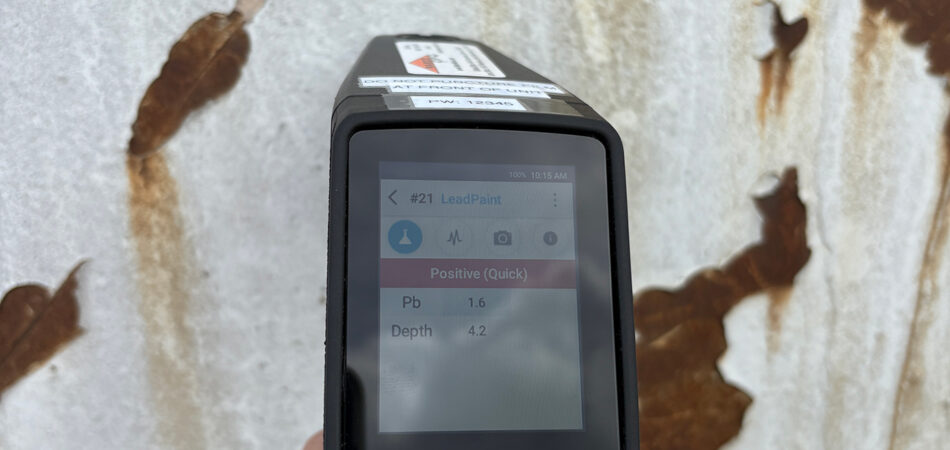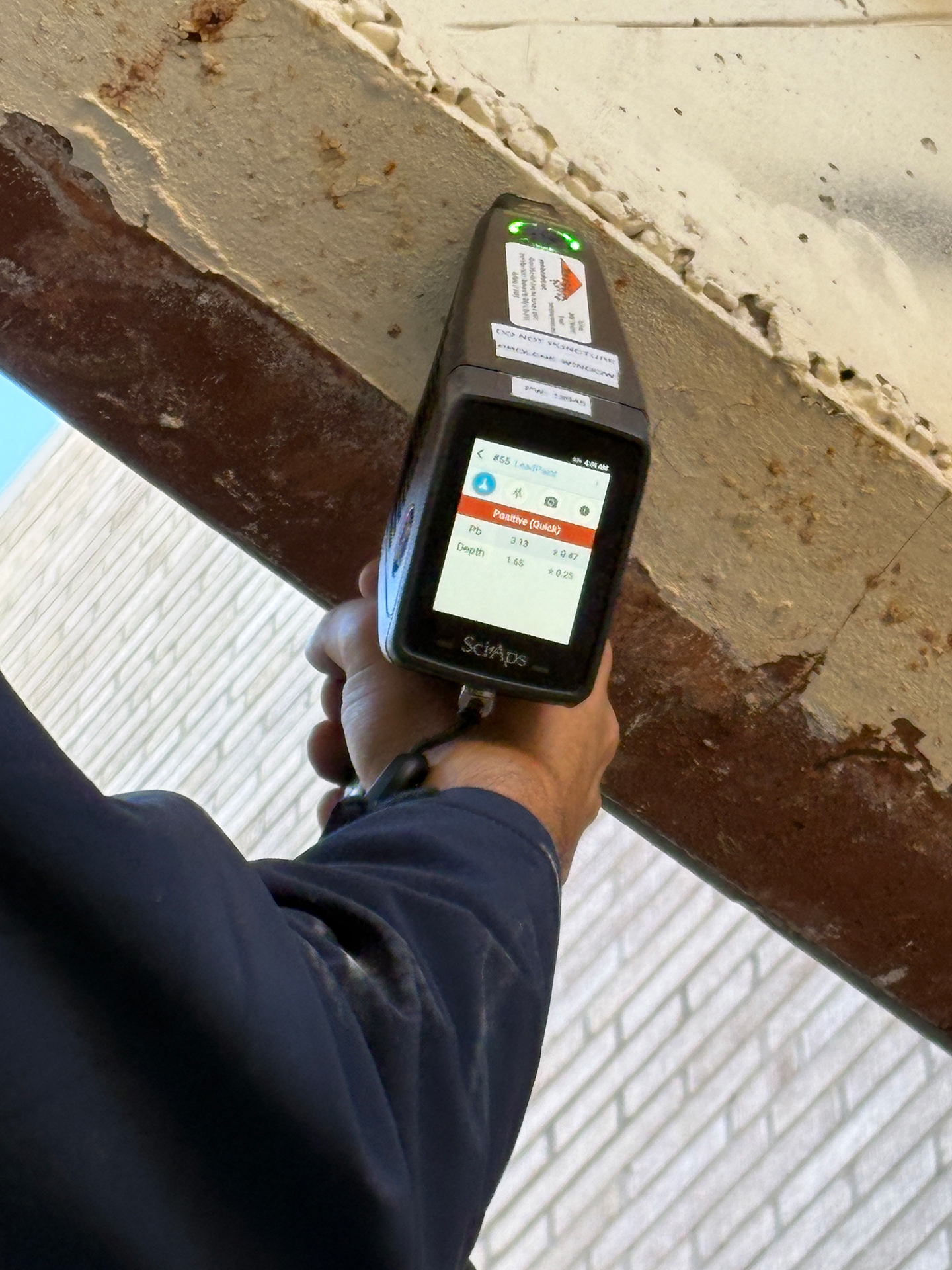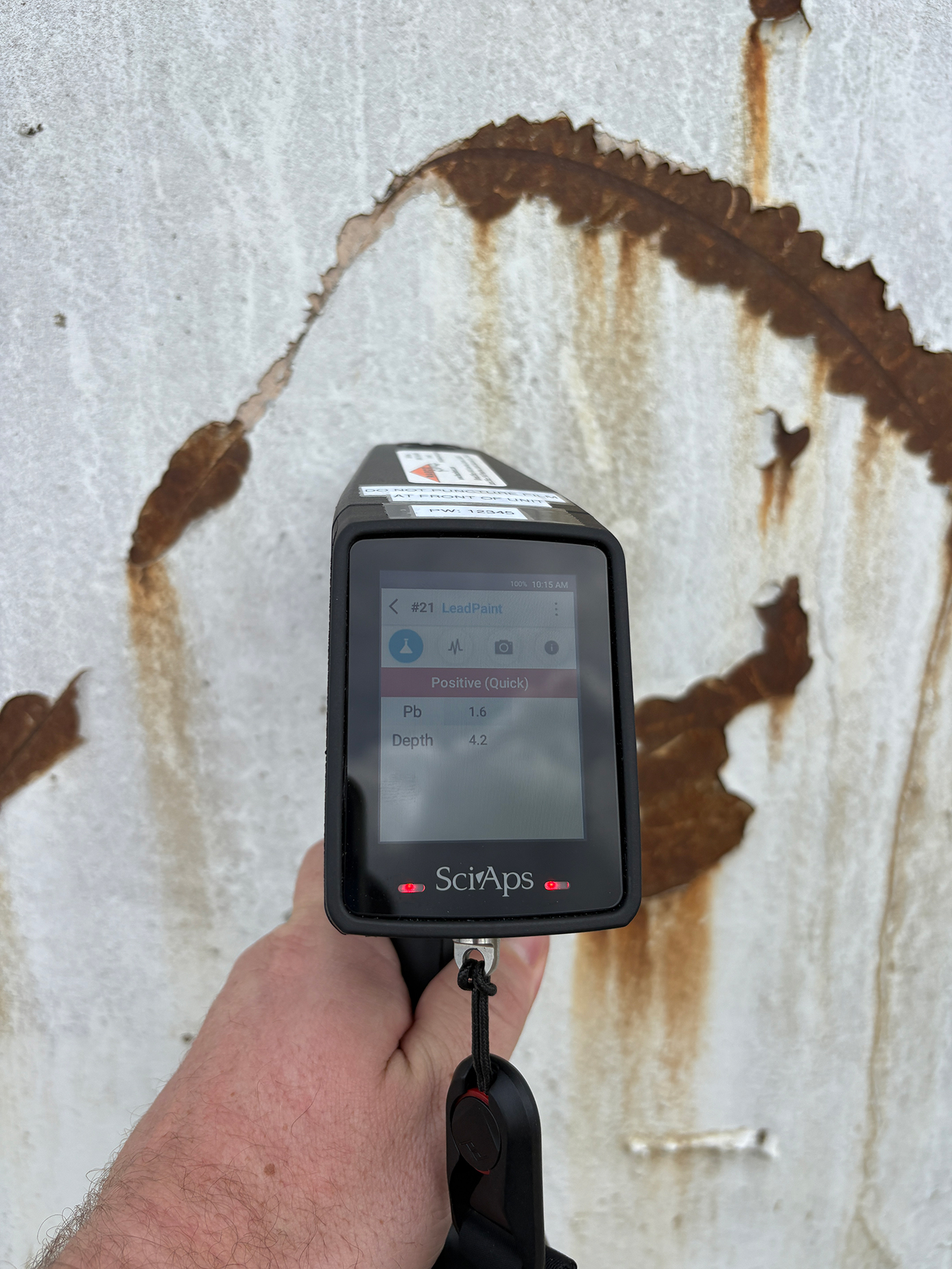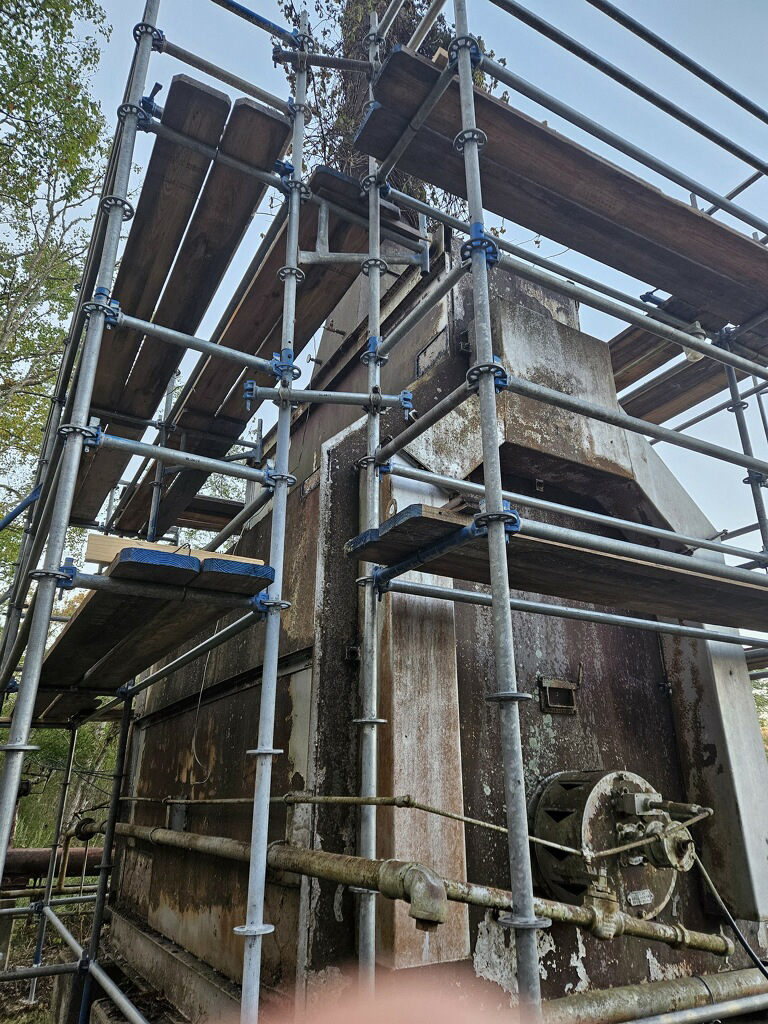One-Stop Solution for Environmental Consulting Services. Call Today: 318-780-5894
One-Stop Solution for Environmental Consulting Services. Call Today: 318-780-5894

Lead-based paint, once a common building material due to its durability and color retention, is now recognized as a major health hazard—especially for children, pregnant women, and workers. Structures built before 1978 are at high risk of containing lead-based paint, which can become dangerous when deteriorating or disturbed during renovations. At APEX Environmental Solutions, we offer comprehensive lead paint inspections and consulting services to help property owners, contractors, and agencies identify, manage, and mitigate lead exposure risks while maintaining regulatory compliance.

Lead is a heavy metal that was widely used in residential and commercial paints prior to federal bans in the late 1970s. When inhaled or ingested—typically through dust, soil, or peeling paint—it accumulates in the body, leading to neurological damage, developmental delays in children, kidney problems, and other serious health conditions.
For that reason, federal laws such as the EPA’s Renovation, Repair, and Painting (RRP) Rule and HUD’s Lead Safe Housing Rule mandate lead paint inspections or hazard assessments in many cases, including property sales, tenant turnover, and pre-renovation scenarios.
APEX provides lead inspection services for residential, commercial, industrial, school, and governmental buildings. Our licensed inspectors use state-of-the-art technology and certified procedures to detect lead hazards and recommend safe management practices.

We begin each project with a consultation to determine the building’s age, renovation history, and regulatory obligations. Whether you’re a homeowner, landlord, or general contractor, APEX helps you understand your legal responsibilities and tailor the inspection accordingly.
Our certified lead inspectors conduct a full visual assessment of all interior and exterior painted surfaces, including:
We assess paint condition, deterioration, surface type, and any friction-impact zones that could create dust hazards.
APEX uses portable XRF analyzers, which allow for non-destructive, instant testing of painted surfaces for lead content. These handheld devices are calibrated to provide precise results without the need to remove paint layers.
For confirmation or regulatory documentation, we may collect paint chip samples to be analyzed by an accredited laboratory using atomic absorption spectroscopy (AAS) or inductively coupled plasma mass spectrometry (ICP-MS).
Dust from lead-based paint is a major exposure route—especially in homes with children. We collect wipe samples from floors, windowsills, and other surfaces for lab analysis, comparing results to EPA/HUD standards.
Outdoor lead hazards from deteriorating paint or past industrial activity are assessed with soil testing. This is especially important for schools, playgrounds, and residential yards.

In addition to inspections, APEX provides expert consulting for:
We also support remediation oversight and clearance testing following lead hazard work, ensuring all actions meet legal and safety standards.
Yes, if your building was constructed before 1978, and especially if children occupy the space. Federal law requires lead-safe work practices and documentation in such cases.
Lead paint is generally safe if it’s intact and undisturbed. The danger arises when it deteriorates (chipping, cracking, peeling) or during renovations that create dust.
An inspection determines whether lead-based paint is present. A risk assessment evaluates whether lead hazards (such as dust or soil contamination) exist and how to address them.
